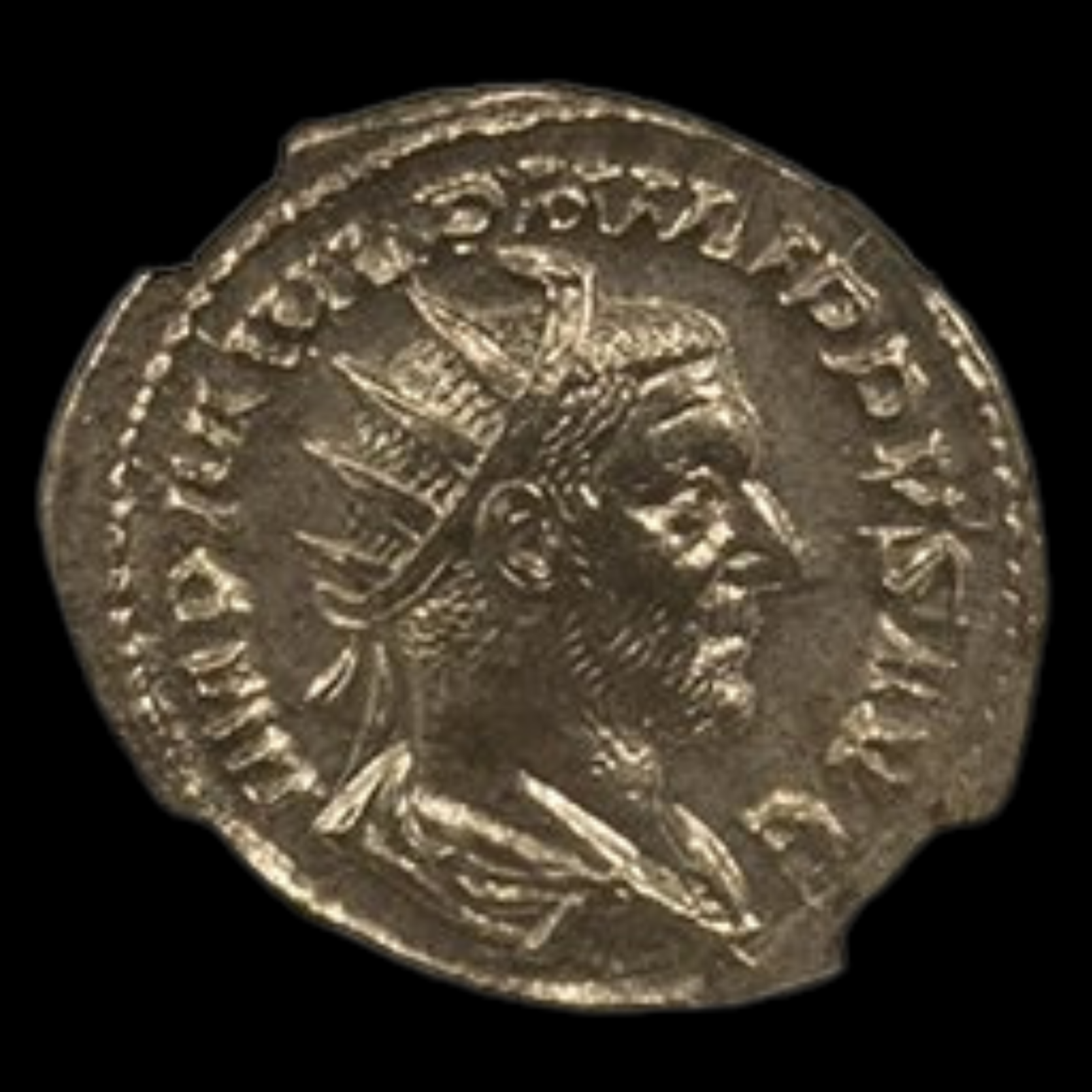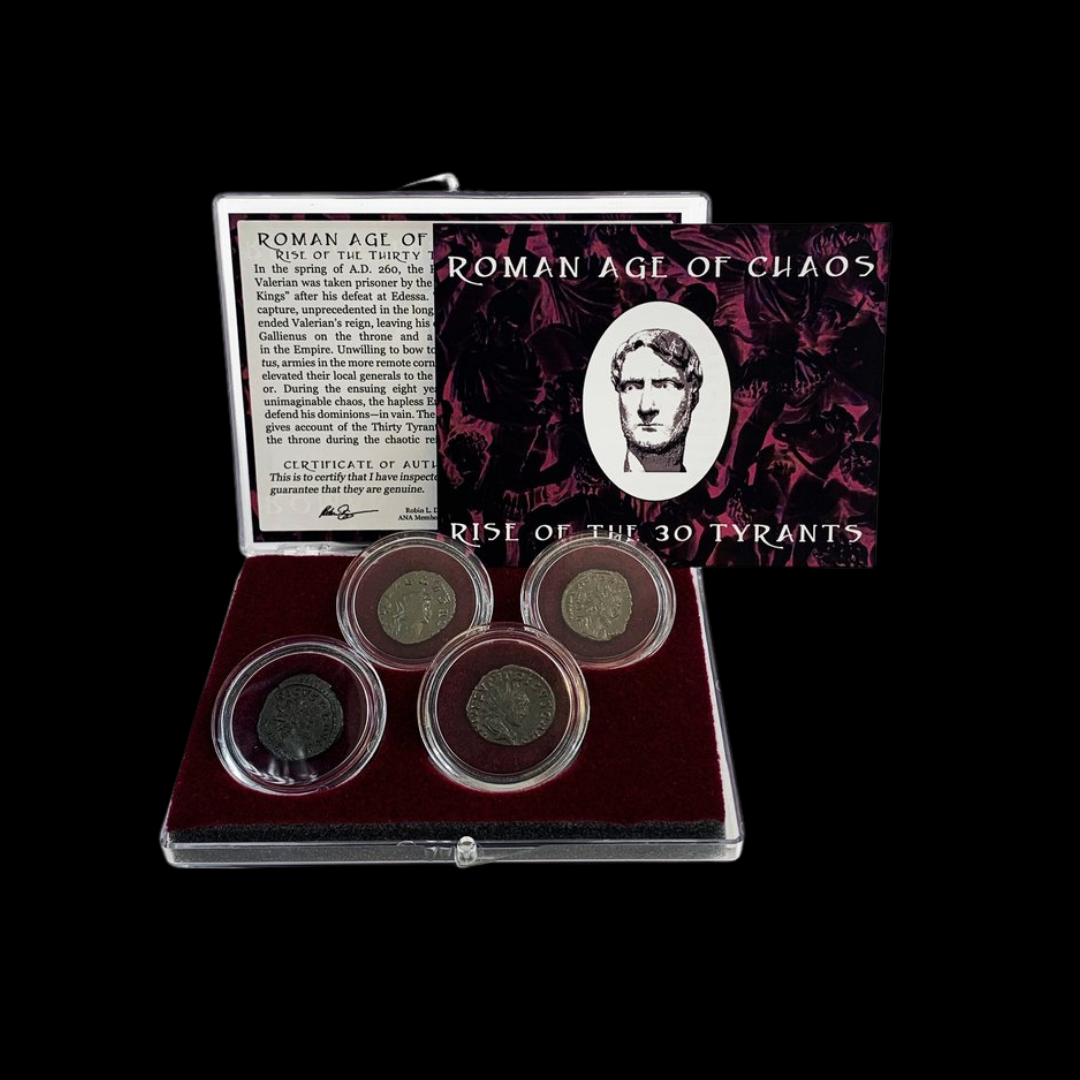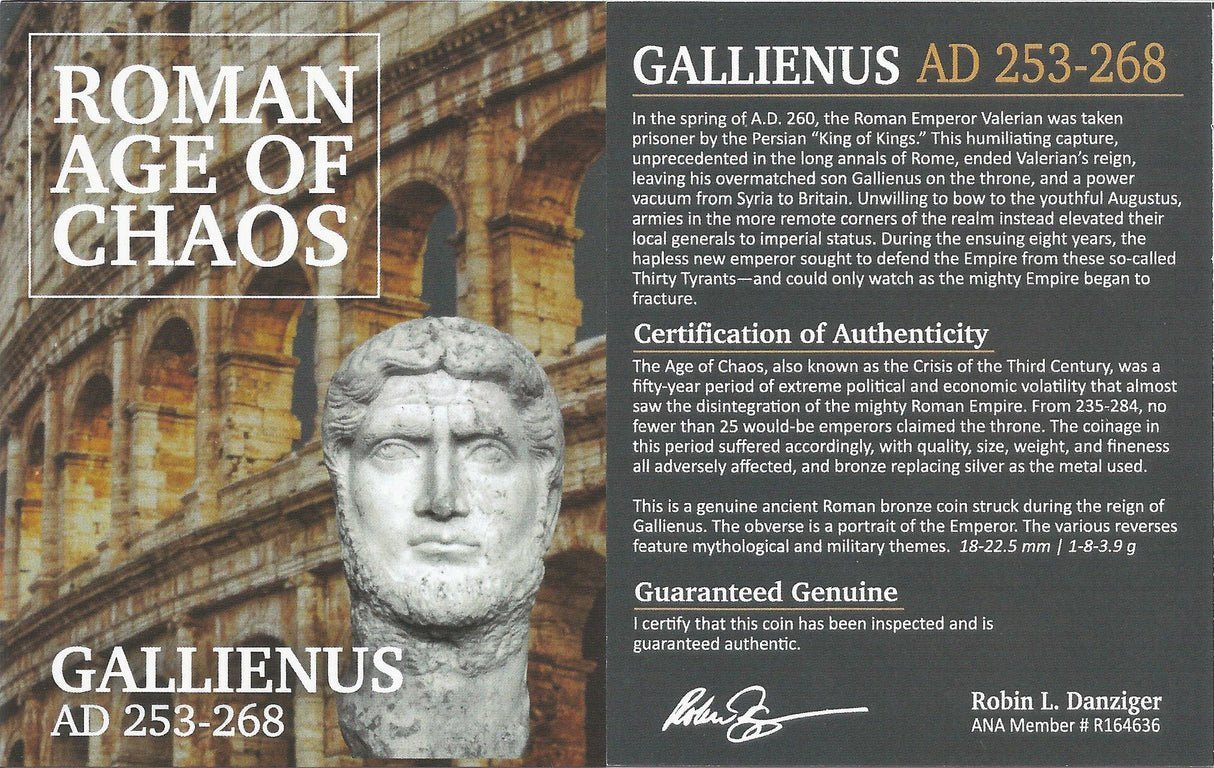 Image 1 of 7
Image 1 of 7

 Image 2 of 7
Image 2 of 7

 Image 3 of 7
Image 3 of 7

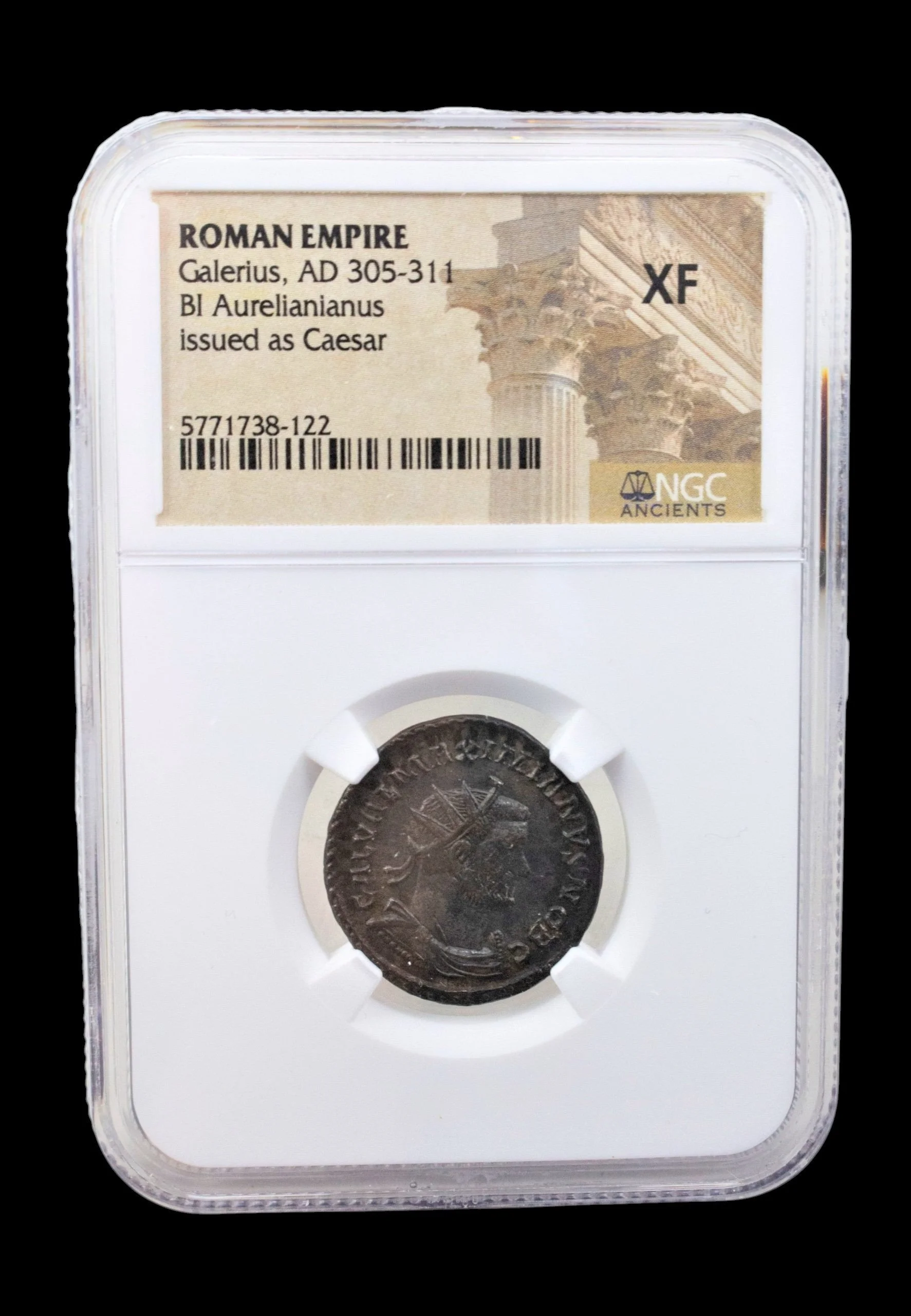 Image 4 of 7
Image 4 of 7

 Image 5 of 7
Image 5 of 7

 Image 6 of 7
Image 6 of 7

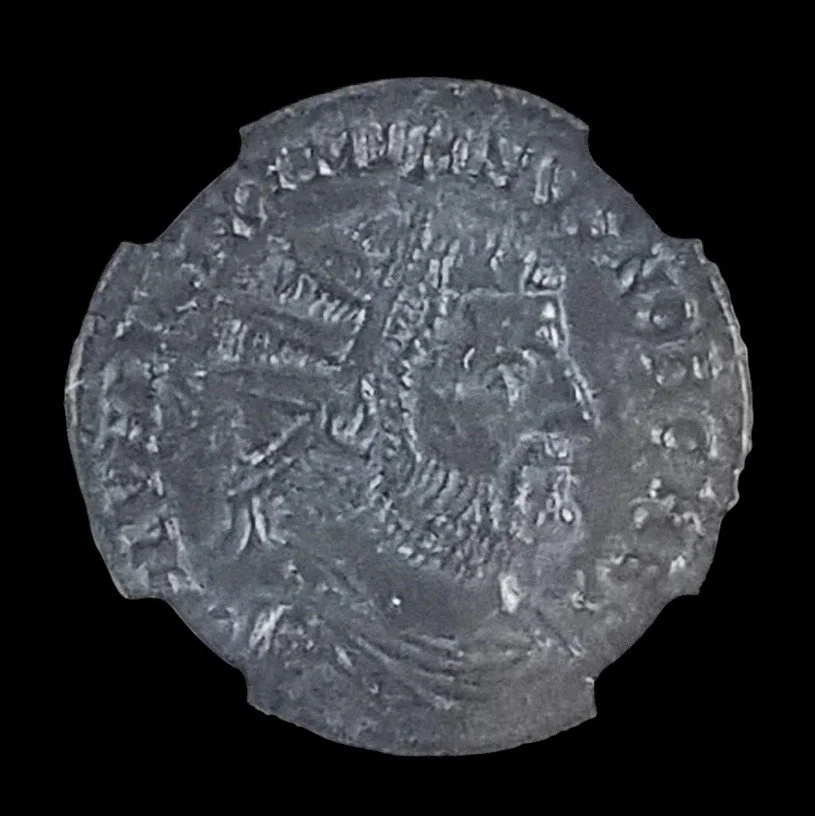 Image 7 of 7
Image 7 of 7








Roman AE Coin of Galerius (about 1,715-1,733 years ago) (ANT)
The coins shown are representative examples of the grade and type, but not the actual specimens for sale. For details on NGC’s grading standards and definitions, please refer to our NGC Grading page.
This bronze coin was minted during the reign of Galerius, who served as Caesar (junior emperor) and later Augustus (senior emperor) in the late Roman Empire. As part of the Roman monetary system during the Tetrarchic period, this coin represents an important artifact from a time when the Empire was divided into administrative regions for better governance.
Coin Description:
Front side: Portrait of Galerius wearing a radiate crown or laureate wreath, with his name and titles in Latin around the edge
Back side: Likely depicts Roman deities, personifications of virtues, or military imagery common to coins of this period
Technical Details:
Bronze composition (AE stands for "Aes" meaning bronze in Latin)
Imperial Roman denomination (specific value dependent on weight and period)
NGC certified (Numismatic Guaranty Company authentication)
Minted between 293-311 CE
Condition as noted in NGC slab
Historical Significance:
Galerius rose from humble beginnings as a soldier during the reigns of Emperors Aurelian and Probus to become an important figure in the Tetrarchy, a system of government instituted by Emperor Diocletian where power was divided among four rulers. Initially appointed as Caesar (junior emperor) in 293 CE, Galerius later became Augustus (senior emperor) in 305 CE. He is known for his military campaigns against the Persian Sassanid Empire and for his persecution of Christians prior to the religious tolerance that would later emerge under Constantine. This coin circulated during a pivotal transitional period in Roman history as the classical empire was transforming into what would become the Byzantine Empire.
The coins shown are representative examples of the grade and type, but not the actual specimens for sale. For details on NGC’s grading standards and definitions, please refer to our NGC Grading page.
This bronze coin was minted during the reign of Galerius, who served as Caesar (junior emperor) and later Augustus (senior emperor) in the late Roman Empire. As part of the Roman monetary system during the Tetrarchic period, this coin represents an important artifact from a time when the Empire was divided into administrative regions for better governance.
Coin Description:
Front side: Portrait of Galerius wearing a radiate crown or laureate wreath, with his name and titles in Latin around the edge
Back side: Likely depicts Roman deities, personifications of virtues, or military imagery common to coins of this period
Technical Details:
Bronze composition (AE stands for "Aes" meaning bronze in Latin)
Imperial Roman denomination (specific value dependent on weight and period)
NGC certified (Numismatic Guaranty Company authentication)
Minted between 293-311 CE
Condition as noted in NGC slab
Historical Significance:
Galerius rose from humble beginnings as a soldier during the reigns of Emperors Aurelian and Probus to become an important figure in the Tetrarchy, a system of government instituted by Emperor Diocletian where power was divided among four rulers. Initially appointed as Caesar (junior emperor) in 293 CE, Galerius later became Augustus (senior emperor) in 305 CE. He is known for his military campaigns against the Persian Sassanid Empire and for his persecution of Christians prior to the religious tolerance that would later emerge under Constantine. This coin circulated during a pivotal transitional period in Roman history as the classical empire was transforming into what would become the Byzantine Empire.


